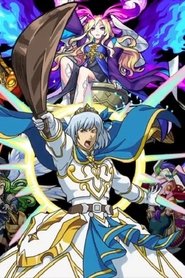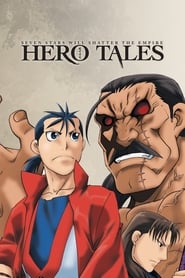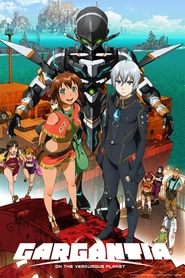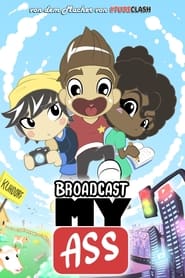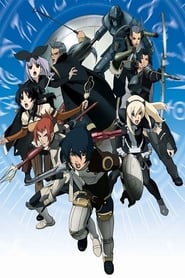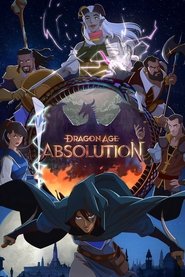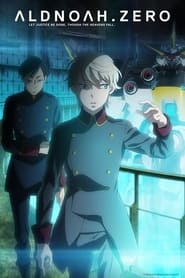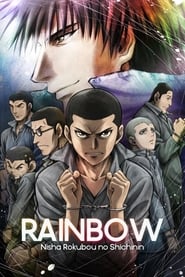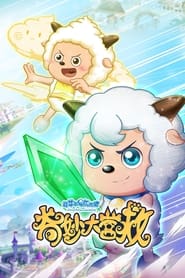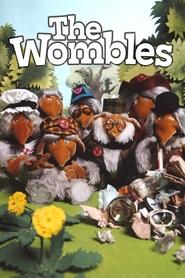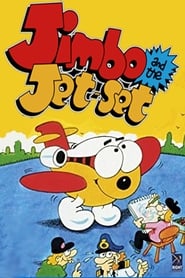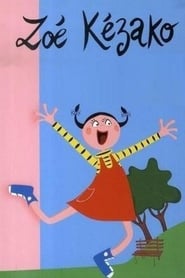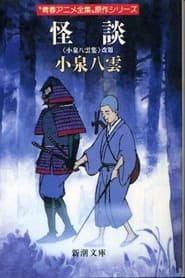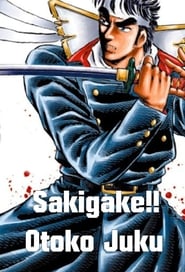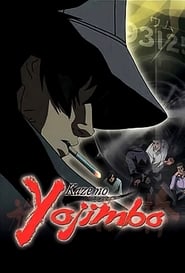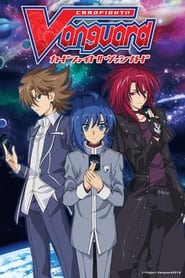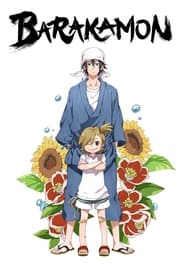Popular Animation TV Shows on Pantaflix - Page 163
-
Monster Strike The Animation
2018
star 5.4The Angelic Guard, who call the heavens their home, have been tasked with collecting the orbs scattered across the world. Lucifer—a leader of the Angelic Guard with a rebellious streak, said to wield power rivaling the Almighty—carries out her duty along with Uriel, also a leader of the guard. Together, they go about executing their mission, until Holy Magistrate Keter—the one who leads the heavens under the Almighty's will—tells Uriel of Lucifer's planned rebellion. Initially in disbelief, Uriel then learns that the accusations against Lucifer may be connected to an event that once threatened to shatter the heavens. -
Hero Tales
2007
Hero Tales
2007
star 7It is the time of wars. In the chaotic Empire, a group of seven heroes of the stars, the Hokushin-Tenkun, rose to lead the common folk. Out of the seven a destiny of heated battle unfolds between the "Two Noble Spirits", Hagun and Tonrou. Originally the two should not exist in the same time but the gears of Fate have turned otherwise. In the current feeble state of the Ken Empire, the conflicting "Two Noble Spirits" - Taitou Shirei of Hagun and Keirou of Tonrou each fight for their view of justice and the peace of the countries and their home country. In the name of Fate, the justice of whom shall prevail....? -
The Pet Girl of Sakurasou
2012
star 7.7Sorata Kanda, a high school sophomore living in Sakurasou, the den of their academy's problem children, spends his days being dragged around by the strange residents, swearing he's going to escape Sakurasou one day. -
Gargantia on the Verdurous Planet
2013
star 7.2While fighting an intense inter-galactic war, a mecha pilot is accidentally warped into a space-time neither he nor his computer recognize. After waking up from a long-time hibernation, he finds himself trapped on a planet, with human residents talking in an unknown form of language, using inferior technologies, and - most shocking to him - naturally breathable air. -
Broadcast My Ass
2019
-
The Tower of Druaga: The Aegis of Uruk
2008
star 7.1The Summer of "Anu": In a summer once every five years, demons in the mysterious Tower of Druaga lose their powers due to the magic spell cast by a god named "Anu". King Gilgamesh, ruler of the kingdom Uruk, uses the appearance of demons as an excuse to invade the tower and find out the construct's secrets. As 80 years passed, the Uruk army managed to fight back the demons and built a fortress city and safe haven on the very first floor of Druaga—Metz Kier. Thus begins the story of a warrior named Jil, who, finding companions along the way, embarks on a quest for the fabled Blue Crystal Rod, a powerful artifact rumored to be in the highest floor of Druaga. However, other competitors, including the kingdom of Uruk itself, want the treasure, all for their own reasons. -
Dragon Age: Absolution
2022
star 6.5With great power at stake, a group of misfits must work together to steal an artifact from a sinister mage. -
Cubix: Robots for Everyone
2001
star 4.8In the year 2040, robots outnumber humans in Bubble Town. This show centers on the Botties, a special club for people who know how to fix robots, along with the evil Dr. K., who has evil plans up his sleeve. -
Aldnoah.Zero
2014
Aldnoah.Zero
2014
star 7.8In 1972, the Apollo 17 mission discovered a hypergate to Mars on the surface of the moon. Soon a war breaks out between Earth and Mars, and Martian soldiers begin to descend from the sky, riding steel giants, intent on exterminating humanity. -
Rainbow
2010
Rainbow
2010
star 7.1About ten years after the Second World War, a group of juvenile offenders are sent to the Shounan Special Reform School, a kind of juvenile detention center, to deal with the atrocities and injustices they experienced in the war. -
The Great Rescue
2022
-
The Wombles
1973
The Wombles
1973
star 7.5The Wombles is a stop motion animated British television series made in 1973–1975. After the first Wombles book, published in 1968, was featured on the BBC children's television programme Jackanory, the BBC commissioned producer FilmFair to create a television series of the books. The series was produced by Graham Clutterbuck and directed by Ivor Wood using stop-motion. The characters were all voiced by actor Bernard Cribbins. Sets and model making were by Barry Leith. Two series of 30 five minute episodes were produced, with the first series airing in 1973, animated by Ivor Wood, and the second in 1975, animated by Barry Leith. In all, sixty episodes were produced. The original television series was regularly screened for many years. After FilmFair was acquired by the Canadian company Cinar Films in 1996, a new series of episodes was created, with a number of new Womble characters. In the UK, the series was purchased by ITV. -
Jimbo and the Jet Set
1986
star 5.2Jimbo and the Jet Set is a British animated cartoon series broadcast in the 1980s, featuring the adventures of the eponymous Jimbo, a talking aeroplane. Created by Maddocks Cartoon Productions, it originally ran for 25 episodes between 1985 and 1986. The premise of the cartoon is that Jimbo was originally intended to be a Jumbo Jet, but his designer could not tell the difference between inches and centimetres, resulting in his diminutive size. If Jimbo's designer switched the imperial measurements of the Boeing 747 for metric, the result would have been an aircraft with a fuselage length of 91 ft; this would make Jimbo roughly the length of an early-series Boeing 737. The television series features various talking airport-type ground vehicles: Tommy Tow-Truck, Claude Catering, Amanda Baggage, Phil the Fuel Truck, Sammy Steps and Harry Helicopter. Other plane characters appear from time to time, such as Old Timer, a Vickers Wellington bomber who gets into the story while flying to or from an airshow. The story is -
Zoé Kézako
2004
Zoé Kézako
2004
star 7The adventures of a irresistible little girl, with stacks of humour and piles of energy. Just like all kids her age (7 and three quarters), Zoé asks herself many questions and is not always sure how to act in certain situations. Nothing could be more natural - after all, the one thing she doesn’t have is... experience! -
Animated Classics of Japanese Literature
1986
star 7A brilliant collection of beautifully animated episodes based on selected masterpieces of Japanese modern literature. The aim of this series is to appeal to the viewer at large and to give him or her some idea of the variety and individuality which Japanese literature has developed over the last hundred years. The authors range from Higuchi Ichiyou (Takekurabe), Mori Ougai (The Dancing Girl) and Natsume Souseki (Botchan) to Kawabata Yasunari (The Izu Dancer), Nobel laureate of 1968, and Mishima Yukio (The Sound of Waves). -
Charge! Men's Private School
1988
star 7.8Otokojuku, a private school for juvenile delinquents that were previously expelled from normal schools. At this school, Japanese chivalry is taught through the feudal and military fundamentals. Similar to an action film, the classes are overwhelmed by violence. Only those who survive it become true men. -
Dragon Collection
2014
Dragon Collection
2014
Through an unexpected turn of events, an ordinary elementary school student, Hiro Enryu, finds himself in the world of the "Dragon Collection" game. This is a world called Dragon Earth, where gods, humans, and monsters exist side by side. Those who roam this world using a magic book, called a Grimoire, and cards to summon monsters and search for treasures that bear the powers of dragons are called Dracolle Battlers. Despite his bewilderment, Hiro becomes a Dracolle Battler and, together with the friends he meets there, begins his adventure to become a legendary Dragon Master! -
Kaze no Yojimbo
2001
Kaze no Yojimbo
2001
star 7.6George Kodama is investigating an incident that occurred in the small town of Kimujuku over 15 years ago. George is soon caught up in the middle of a bloody gang fight for control of the town. -
Cardfight!! Vanguard
2018
Cardfight!! Vanguard
2018
star 8The main protagonist Sendou Aichi, is a timid and mundane third-year middle school boy. The thing that supported Aichi's heart, was the "Blaster Blade" card that he received as a child. It's an important rare card from "Vanguard", a card game with the imaginary world of "Planet Cray" as its stage. From the day he reunited with the person who gave him that card "Toshiki Kai", Aichi's everyday life began to change. -
Barakamon
2014
Barakamon
2014
star 8.1After punching a famous curator in the face for criticizing his work as "textbook and lifeless," Handa Seishuu is sent to Gotō Island to calm his nerves and find new inspiration for his calligraphy. Growing up in the city all his life, though, Handa must adapt to country life while meeting an assortment of quirky people during his tenure.
 Netflix
Netflix
 Amazon Prime Video
Amazon Prime Video
 Apple iTunes
Apple iTunes
 Apple TV Plus
Apple TV Plus
 Disney Plus
Disney Plus
 Google Play Movies
Google Play Movies
 Paramount Plus
Paramount Plus
 Hulu
Hulu
 HBO Max
HBO Max
 YouTube
YouTube
 fuboTV
fuboTV
 Peacock
Peacock
 Peacock Premium
Peacock Premium
 Amazon Video
Amazon Video
 The Roku Channel
The Roku Channel
 AMC+
AMC+
 Kocowa
Kocowa
 Hoopla
Hoopla
 The CW
The CW
 Vudu
Vudu
 Starz
Starz
 Showtime
Showtime
 PBS
PBS
 Pantaflix
Pantaflix
 FXNow
FXNow
 Tubi TV
Tubi TV
 Kanopy
Kanopy
 Comedy Central
Comedy Central
 Crunchyroll
Crunchyroll
 Microsoft Store
Microsoft Store
 Redbox
Redbox
 Sun Nxt
Sun Nxt
 ABC
ABC
 DIRECTV
DIRECTV
 Crackle
Crackle
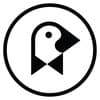 Fandor
Fandor
 Plex
Plex
